Introduction
Landsknechts seem to be the most eye-catching European warriors of the Renaissance epoch. They left indelible mark in the history of art of war and military clothing.
Let’s make a retrospective journey into the history. In particularly, who these people with such crackjaw name were, where they came from and why became so popular.
1480 year. Ranks of professionally drilled sellswords, weaponed with lances, arquebuses and halberds are fighting in a quantity of wars, which filled medieval Europe. Fearlessness, high-risk appetite and courageousness together with ferocity and cruelty of these war dogs on the battlefield attract more and more combat leaders. This time is considered a period of landsknechts’ rise as powerful military force.
The end of the XV century. Future Holy Roman Emperor Maximilian I succeeds to the crown. High-energy sovereign and his ambition to develop country and expand the boundaries require a lot of investments, which are in increasingly short supply. In addition, neighbor in the name of France desires to get a piece of pie. Therefore, urgent need in creation of reliable steady going and forceful troops powerful arises.
Without thinking twice, our valiant regent resorts to landsknechts in the 1488 year. Maximilian assured himself in the overmatch of infantry of the line over the horse cavalry through the example of the Swiss. So, Emperor staked on the sellswords – and came up trumps.
Standard-bearer flanked by a drummer and piper. Allaert Claesz, 1520-1550 years
Who is a landsknecht? Origin and etymology
Term “landsknecht” was first mentioned by Peter von Hagenbach in the 1470 year and has few ideas of origin of this word. One of them suggests that it was derived from “Lanze” (French “Lance” – “lance, pike”). However, this version may be disproved, as a pike of German sellswords was called “Spiesz”. Version “Vassal of land” is more plausible: from German “Land” – “land, country” and “Knecht” – “vassal, hireling”.
Despite of Swabia is considered to be motherland of landsknechts, skilful warriors were being hired throughout the country (mostly, from the lower orders). So, sellswords were fighting for their land and it was their main advantage as military force these times.
However, it would be a mistake to assume that landsknechts were an icon of patriotism. Besides of generous salary, they had a great opportunity to enrich themselves at the expense of robbery and marauding after the battle. These daredevils were going to the war as paupers, but returning with pockets filled with good trophies. Of course, if they were returning. “You’ll hardly meet an old landsknecht” it was said these times. Sellswords were living for a moment, but living life to the fullest.
Ideology
In fact, Maximilian renovated German military community by formation of hired feet’ troops. He put four keynotes in the ideological roots of landsknecht:
- Allegiancy to Kaiser and Empire;
- Ennoblement of troops by engaging of representatives of the gentry. So-called “Double soldiers” were holding leading positions in the landsknechts’ squads. And, to uproot customs to peg and infantry as a lower military branch, the Emperor was often appearing in landsknecht attire.
- Development of “esprit de corps”. As troops consisted of completely motley and troublesome crowd, this principle was required for formation of unity inside the military society.
- Severe moral and mental requirements and proper value system in this community.
Recruitment
Taking a patent (bestallungbrief), experienced and devoted to his sovereign, commander goes to some region for the hiring of military force. Charisma, charm and ability to attract a large number of soldiers were the most important attributes of commander. It could be explained by fact that besides of the army command, captain was controlling and distributing money among soldiers, often making payments from his own pocket (as government’s coffers was steadily short of money). Well, as late payment of wages could lead to irreversible consequences, commander was meant to control this issue and defuse conflicts.
Patent was an analogue of modern vacancies. There were such information written in it: name of top brass (obrist), structure and format of troop, monthly salary, term of service (initially, there were three months, and about a year in the late XVI century).
At the start, high moral requirements were being imposed to everyone who was wishing to fall into the ranks of landsknechts. But, in time, there were enough to take a dram of wine or beer, come through the spikes gateway – voila! Welcome to the brave landsknechts squad of His Imperial Majesty!
Recruitment of soldiers in the craft guild. Urs Graf, circa 1523 year
Hired feet of the second class (so-called underclass, “journeymen”) drawn four guldens per month. It was quite a smart salary (for example, in comparison with laborers, who drawn 1.6-2.5 guldens per month).
Unwealthy bourgeois and noblemen, who could afford slightest gear, were forming the first class and could draw double wage (above-mentioned “Double soldiers” – “Doppelsöldner”).
Gravure “Colonel with his soldiers”. Gans Guldenmund, early XVI century
Laws and rules
Even such motley crew as landsknechts did have their own specific camp laws.
State laws did not reach sellswords, but soldiers were regulating their living in regiment by articles (military codes). This code were being read out after recruitment was over. Articles included names of commanders, main camp principles, conditions of payment.
Few extracts:
“Punishment and death penalty will be applied for Deserters”
“It’s forbidden to fight a duel without permission of commander”
“Rebels must be handed over to the command immediately”
“A one who does not interfere in fight that is happening before his eyes, so he is a combatant and must be punished”
“The aged, children, women and priests are untouched”
“You shall not make wrongful use of the name of your God”
Woodcut “Landsknecht camp”. Sebald Hans Beham, circa 1530 year
After reading out a code, every hireling was swearing an oath of loyalty and fulfilling of all code’s demands. This oath had religious nature for landsknechts, so it was one of the most important element, which was keeping discipline.
Of course, marauding and robbery were common practice (or more like main earning!) among the landsknechts. But, if you picked your army buddy’s pocket – head will roll. Drink up, jollify, play dice, fornicate, but if you are late for formation – you will be punished.
There were certain lists of forbidden acts and punishments, which follow for disregards of “law”…
Landsknechts play dice. Christoph Amberger, 1525-1530 years
Soldiers were not giving in to the drill, so harsh camp discipline was keeping by dreadful penalties.
Although landsknechts were not honest warriors, they were men of word and integrity. That meant oath and fealty to hirer and own regiment. Because their reputation as soldiers were depending on these factors.
Landsknechts and superstitions
Stressful situations were a common thing for these soldiers. And, since you began to believe in everything, that will help you to survive at such moments, sometimes there were going to ridiculous lengths.
One day soldiers flatly refused to get into action with by reason that there is bad day for any ventures and actions. There were 28 of December – Childermas-day. Though, there was nothing else to do for commanders but to postpone date of battle.
Landsknechts believed that prayers to Saint Barbara and Saint Christopher were protecting during the battle and allowed to return unharmed.
Saint George standing with two angels. Lucas Cranach the Elder 1506 year
As for good luck charms, so besides amulets attached to the berets, there was the most especial and “effective” one, by landsknechts’ belief. It was so called “das Nothemd”, a shirt, which a virgin enweaved and sewn in Christmas Eve. And, a piece of paper with “magic” signs, that was washed down with a blessed wine, and so on, and so on…
They believed that “Warteinweil”, place of Last Judgments, is waiting for them after their death. As neither Heaven nor Hell want to do with them, as landsknechts will go on a rampage here and there.
Soldiers thought about life with fatalism, telling: “Life of landsknechts is like life of a baker’s pig: they do not know whether they will be fed or killed”.
And, here is one amusing story about landsknecht.
Landsknecht comes to the Pope for confession and asks for absolution. The Pope answers:
“Don’t taste meat, wine and woman and don’t rest on the featherbed for two years. Then come to me”
It was not easy vow for such a man like landsknecht. However, he vowed to preserve an oath.
After rough times of long wanderings, landsknecht found himself near of nunnery. Belly-pinched soldier was tempted of pears that were growing in abundance in nunnery’s garden and began to tear pears off. And, abbess caught him out right here.
“I am wondering so long and starve so hard, Mother Superior,” said her landsknecht. Haggard look and holed pants bore out what has said.
Abbess took pity on him, invited to refectory and served wine and meat. Remembering a vow, landsknecht refused food.
“It is always possible to find a solution,” answered abbess, tabling malvoisie and hazel grouse. “Poultry is not a meat, malvoisie is not a wine,” assured she.
Night fell and kind nun offered to share a bed with her. Landsknecht refused again, referring to the fact that he is forbidden to lay on the featherbed.
“Featherbed is stuffed with feather, but my mattress is down-filled,” replied abbess. Then she offers him… Yes, this is exactly what she offers.
“I’m forbidden to touch a woman,” told her landsknecht gloomily.
“A woman – of course. But nans are not women, but sisters in Christ,” was an answer.
That is how our landsknecht was living for two years as a “Father Superior” in this nunnery. And, it’s time for him to come back to Rome for absolution.
“Did you drink wine?” was the first Pope’s question.
“No, Father, since in nunnery they drink malvoisie, but not a wine”
“Did you eat meat?”
“Only hazel grouse and other poultry”
“Did you sleep on featherbed?”
“Only on down-filled mattress”
Pope gave him these absolutions and asked the last question:
“Did you lie with a woman?”
“No, Father, only with abbess and nuns”
Pope was furious and anathematized landsknecht, as nuns are sisters in Christ and it is a sin to lie with them.
“So, I am a brother-in-law of our Lord now! Then we will deal in a relative way. I don’t need your remission anymore,” announced soldier and came back to nuns, who were waiting for him.
Landsknecht’s costume
Initially, cuts and slashes on the clothes of German sellswords were not intentional decoration of outfit. As legend has it, after winners cracked an attack of Burgundian duke in the 1477 year, they found their clothing in such shabby and sleazy appearance, so began to patch it. As patches, they were using pieces of standards, straps of fabric, cutaway of clothing of killed enemies and captives. Result amazed landsknechts very much! Idea of asymmetrical pieces of fabric of different colours and texture resulted in a boom among not only soldiers, but also number-one fashionists of Medieval Europe.
In the 1503 year, at the order of Maximilian, Augsburg Reichstag granted the empire favorites a right to wear everything they want. Landsknecht were demonstrating not a bad taste by their varicolored provocative clothing. It was more likely emphasizing of their freedom from sumptuary laws, which were prohibiting luxury in all of its aspects.
We may separate three the most typical features of landsknecht’s costume. First of all, there were puffs that were reaching enormous sizes and shapes. Secondly, there were cuts, placed asymmetrically on every piece of clothing: from hat to boots. Well, in the third place there were plenty of strident colors.
Fabrics of blue, red, yellow, black, green and grey colors were the most popular. But, generally, only two or three colors were being used in one outfit.
Every costume was unique by its style and colour range. However, almost each of them was including such elements
- Flat berets of different shapes and sizes. Headwears were being sewn of velvet, thick woven cloth, felt, wool (often, on the metal frame) and decorated with ostrich feathers, small amulets and of course cuts.
- Shirt of baggy style and linen undergarment. Collar of undershirt was usually tightened with lace. Soldier could loosen it in hot weather in such a way, that shirt was freely slipping on his shoulders.
- Slim-waisted doublet with puffed sleeves (often, varicoloured). There were required fabric that would not become shabby in time. So, tailors were sewing doublets of thick woven felt. Silk, linen or even brocade of bright colours were being used for lining.
- Tight hoses. Like stockings, they had one-piece foot and attached to the bottom of doublet with laces. To prevent falling off, chausses with cuts were being tied up under the knee with ribbons.
- Pantaloons “mi-parti” were being worn over the hoses. As doublet’s sleeves, pant legs were different-colored and had cuts and slashes. In the middle of the XVI century, pantaloons had been changed into trousers (pluderhose). About 100 cubits (114 m) of fabrics were needed only for lining for such trousers. Though, codpiece was the most outstanding (in the proper sense of word) detail of landsknecht’s costume. This part was stuffed with cotton waste, straw and richly decorated. Soldiers were keeping purses with gold and other personal important things in codpiece. Funny story of the XVI century tells about one young man, who in the heat of lively conversation with few ladies, was hooked on a nail with his pants. Bran poured down from it, to his horror and ladies’ great joy.
- Square-toed boots, known as “cow muzzle” or “bear paw”. Shoes were also decorated with slashes.
A standard bearer, standing and holding a banner with the Cross of St. Andrew, c.1502, Engraving. Albrecht Dürer
Costume of landsknecht was a kind of “visit card” for employer and, of course, a boast for owner. As, sometimes, soldier was spending the best part of good salary just for sewing of outfit.
Landsknechts and modern times
Landsknechts are one of the most popular and favorite characters of military historic reenactment. Soldiers of fortune in bright clothing, hellraisers and real badasses – reenactors are in for a treat!
And, the most surprising thing is that not only modern fans of history sew colorful clothing and reconstruct course of historical battles. Long before we were born, in the late XIX-early XX centuries, landsknecht’s look was very well-liked!
Landsknechte und Marketenderin, photos of the 1898 year
Society of Wittenberg landsknechts (Der Verein Landsknechte Wittenberg e.V.)
Parade in honor of Emperor, Vienna, 12 June 1908 year
Parade in honor of Emperor, Vienna, 12 June 1908 year
In addition to above, we would like to say few words about why it is worth to buy Landsknecht costume in Steel Mastery:)
- Our tailor team has years of experience in making of medieval costumes and Landsknecht clothing in particular. When creating a new piece of clothing, we always carefully study historical sources (gravures, miniatures, etc.) in case to see all peculiar features, which are typical for this or that costume.
- We use only the best fabrics and materials for manufacture. 100% natural linen and soft cotton, warm wool and firm leather. Wide palette of colors allow you to order unique medieval costume.
- Perfect custom solutions. Our managers will gladly help you with any enquiry, advise of fabrics and colors, assist with required measurement. We even can make draft of the future costume by your description:)
- And the last but not the least – we make all our clothing by personal parameters of a client. That means that we use measurements of your body for sewing. As a result, you receive handmade historical accurate costume, which fit you like a glove:)
Well, if you decide to join the ranks of good soldiers, Steel Mastery will happily make bright, showy, revealing costume for you. The one as befits a real landsknecht!
This article contains pictures that had been taken from web. Steel Mastery does not pretend to be an owner of them.


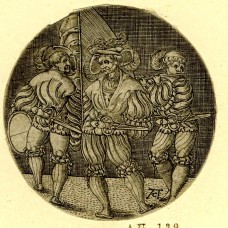
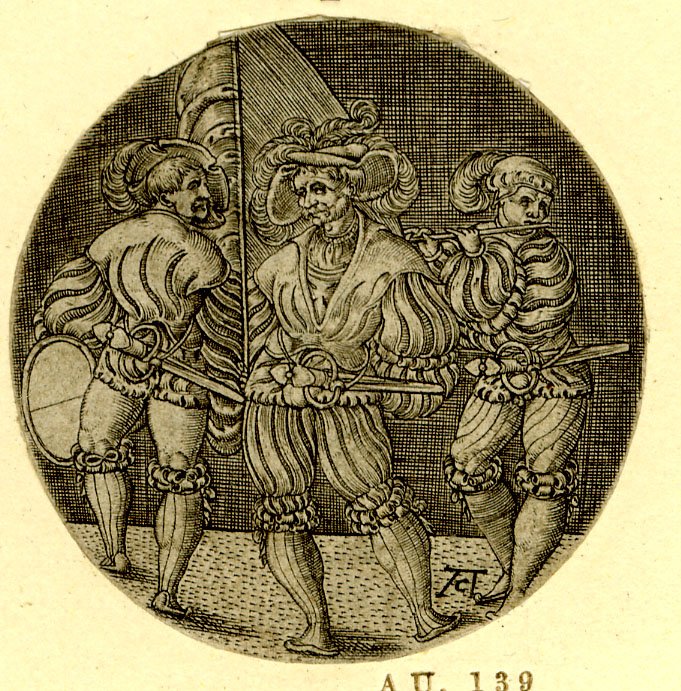
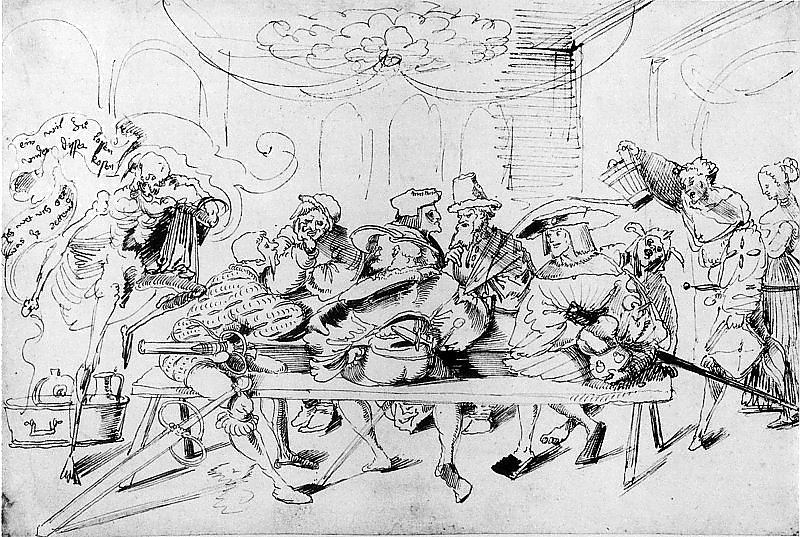
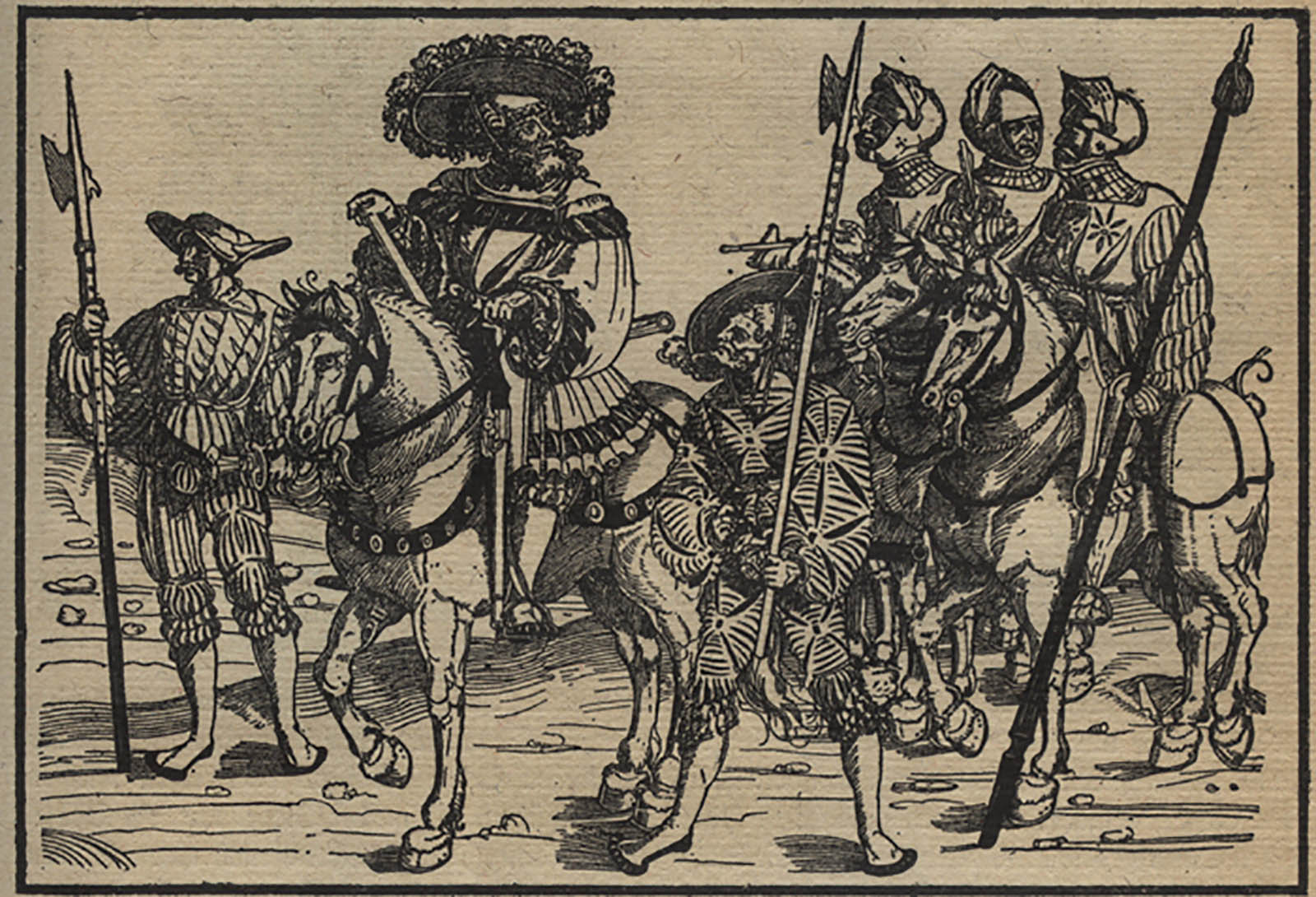
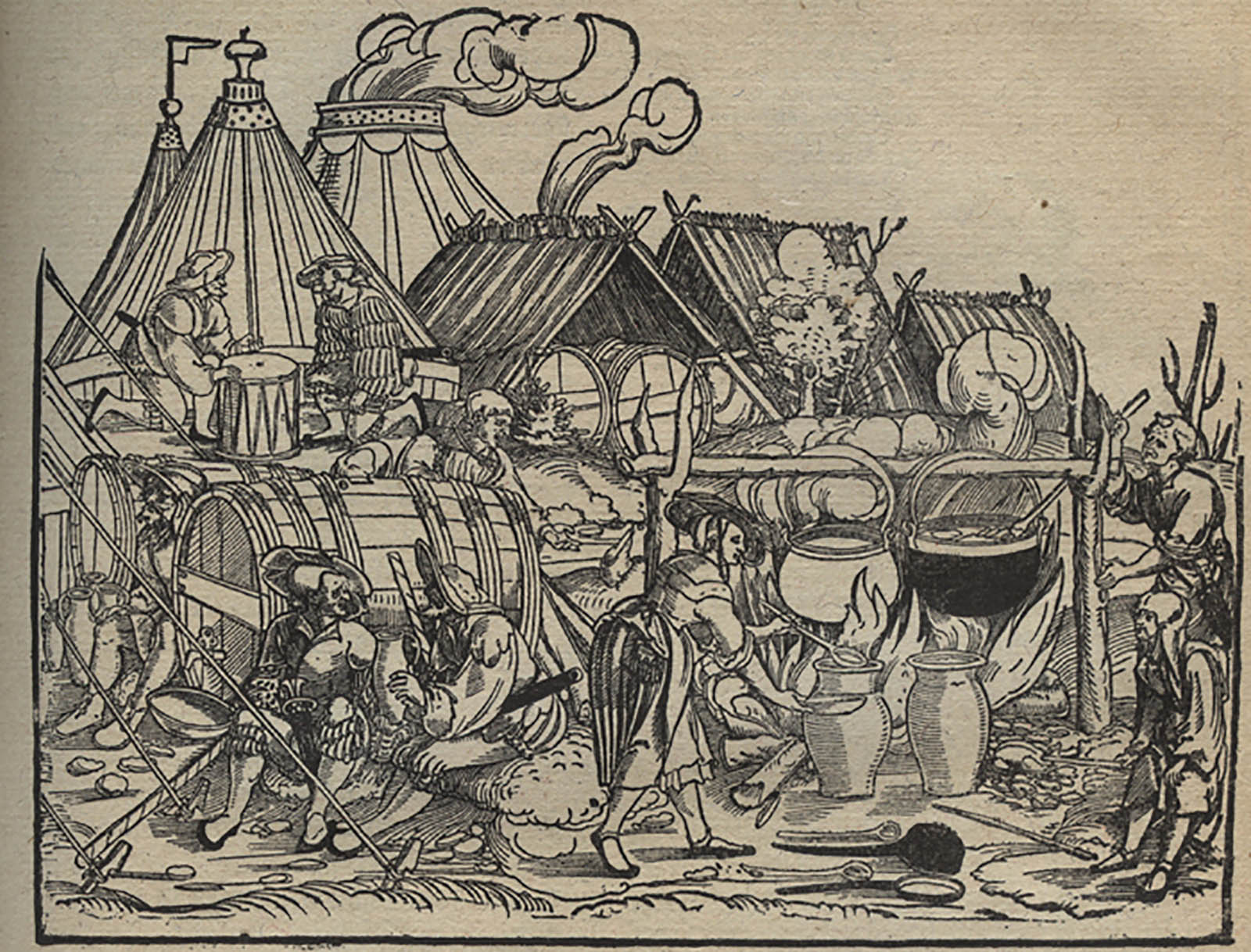
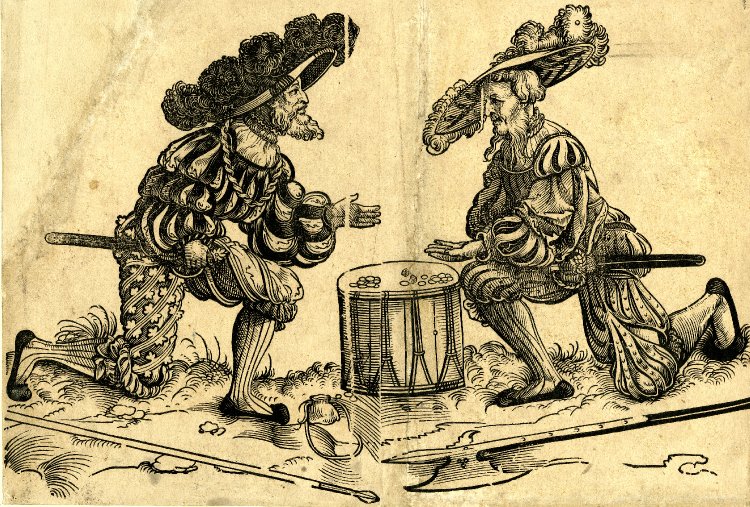
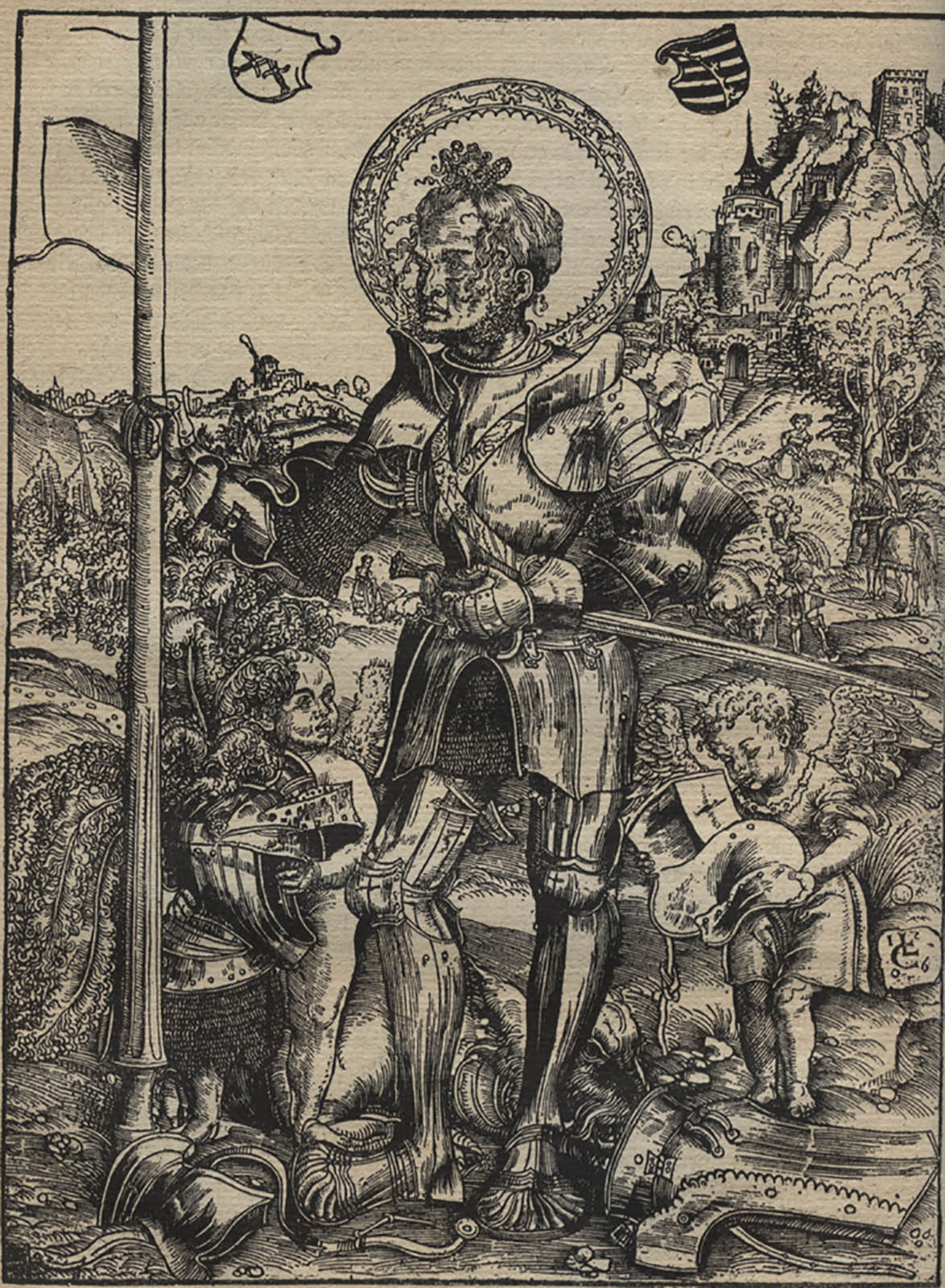
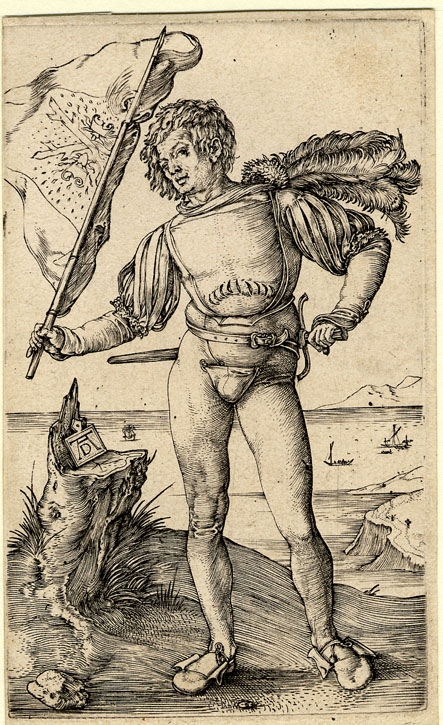
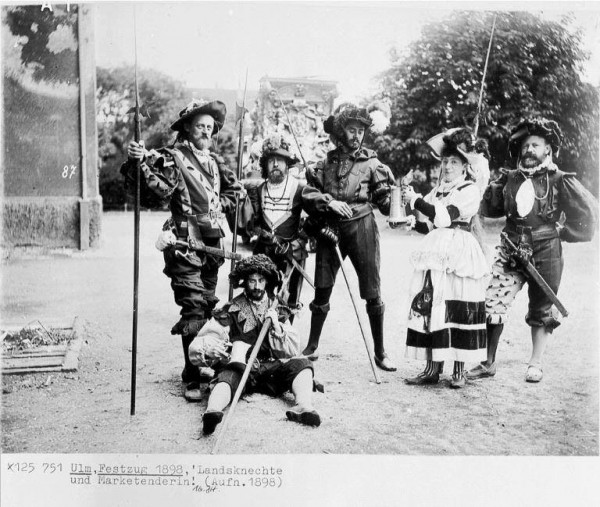
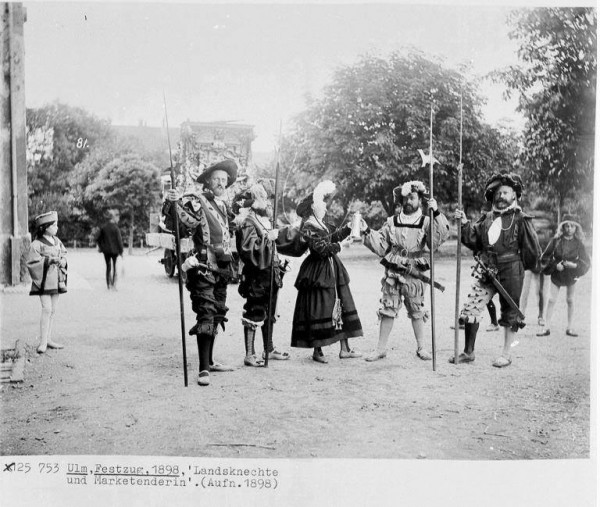
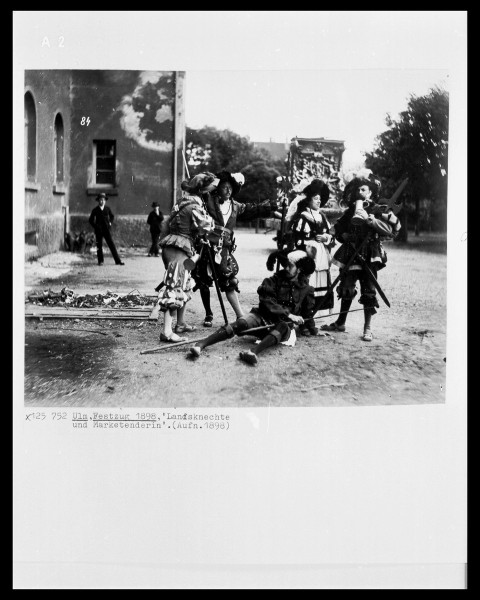
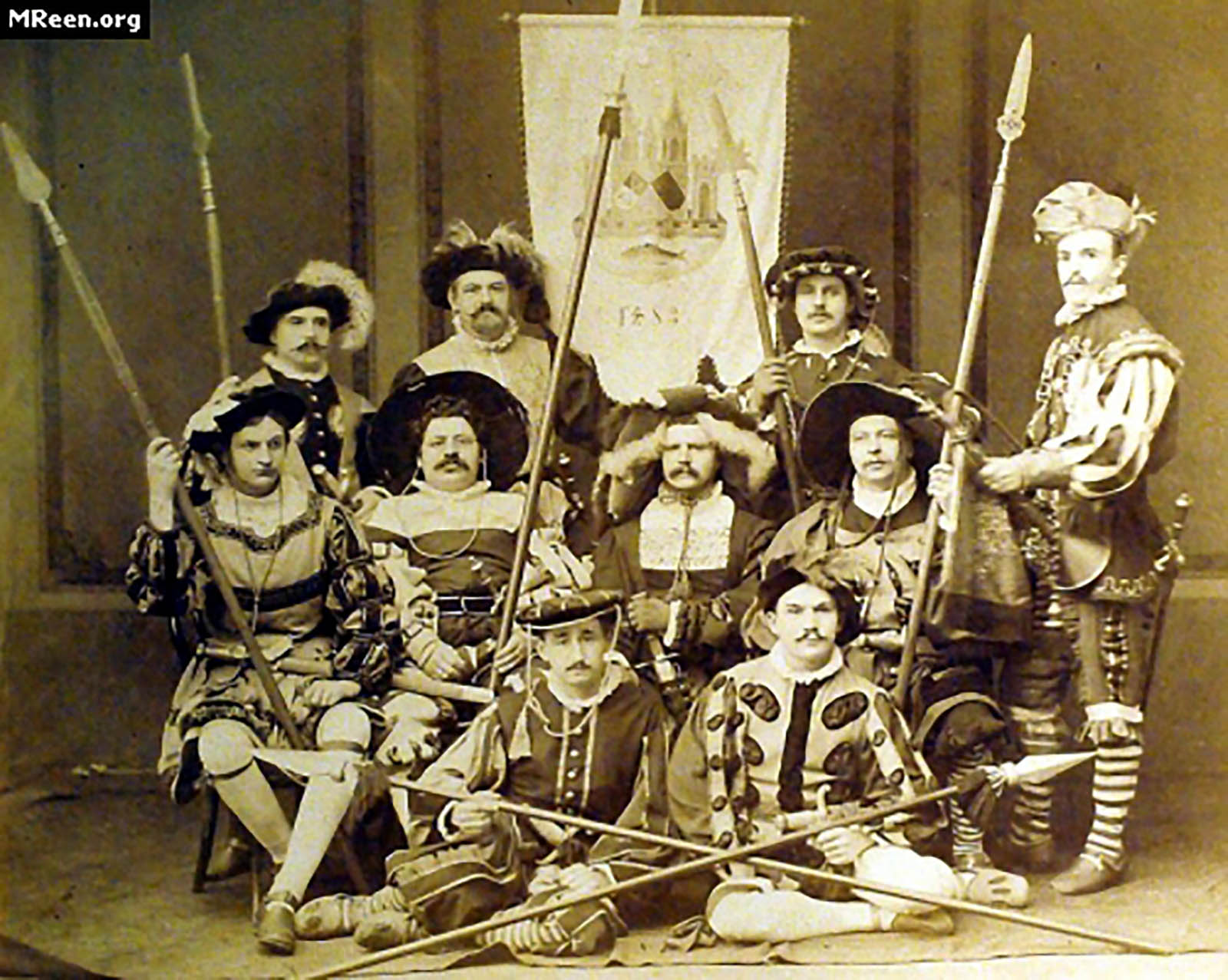
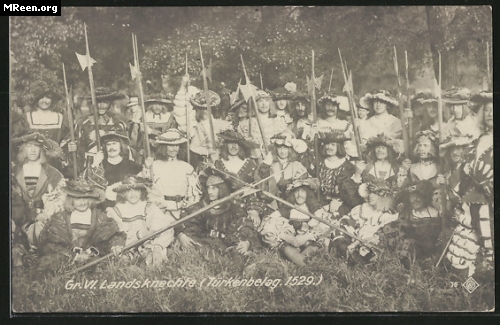
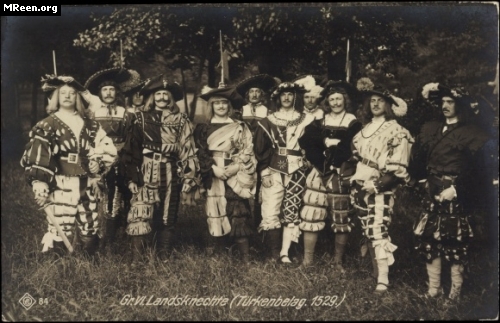
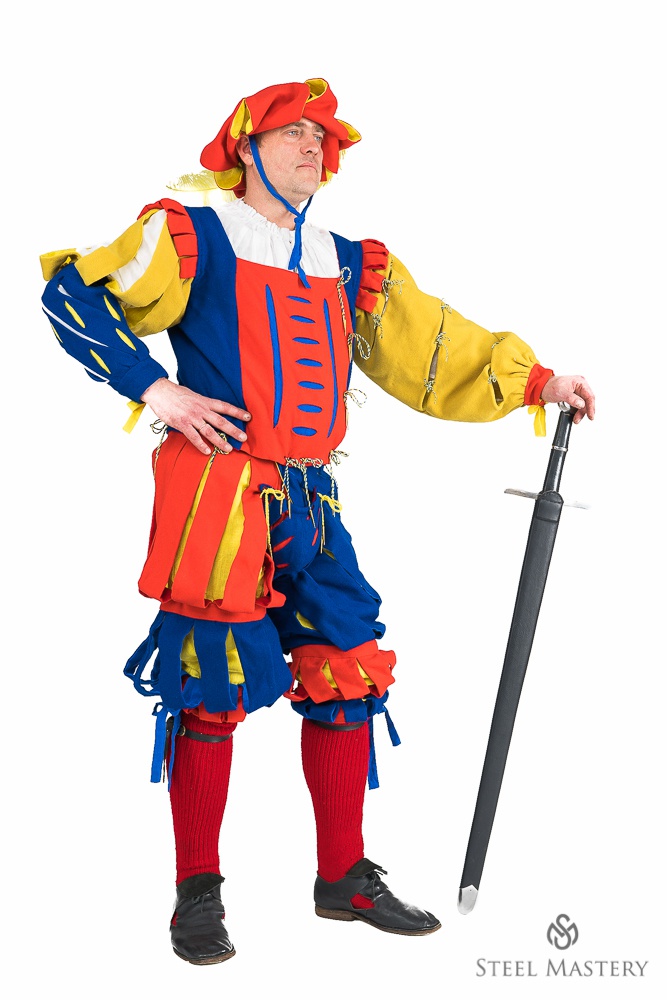
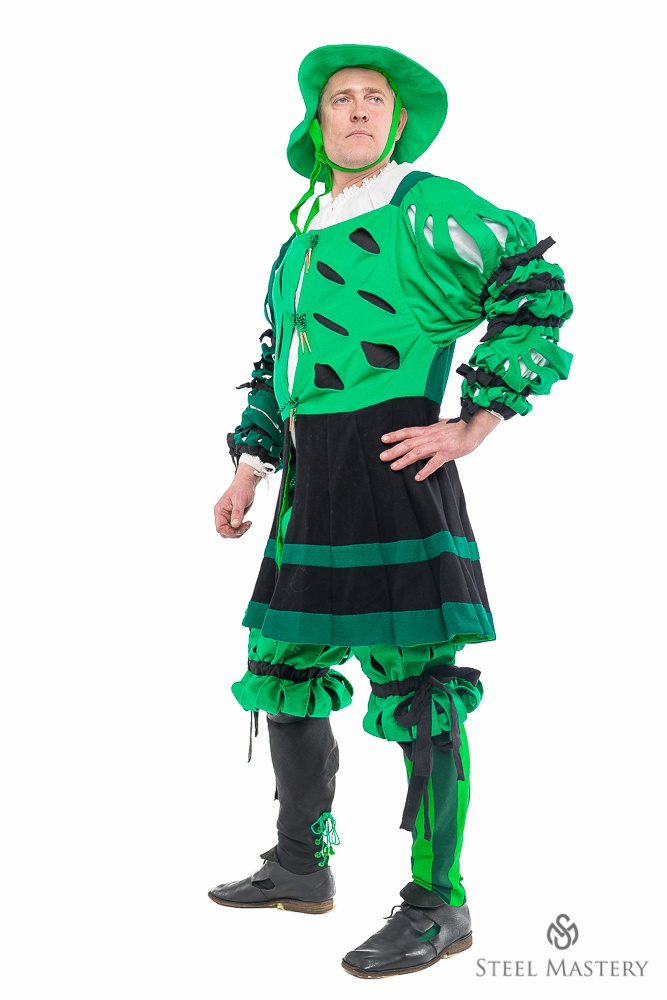
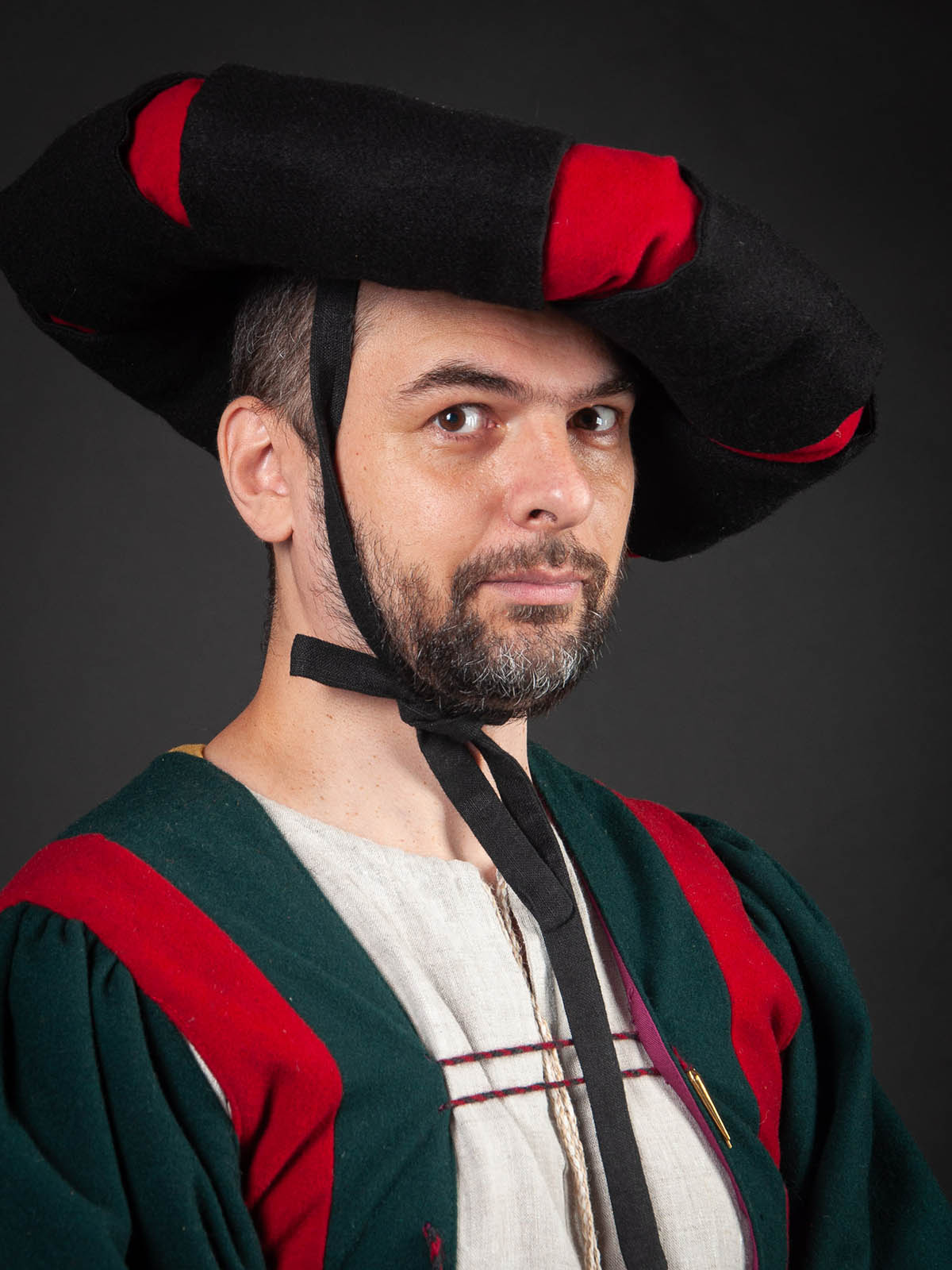
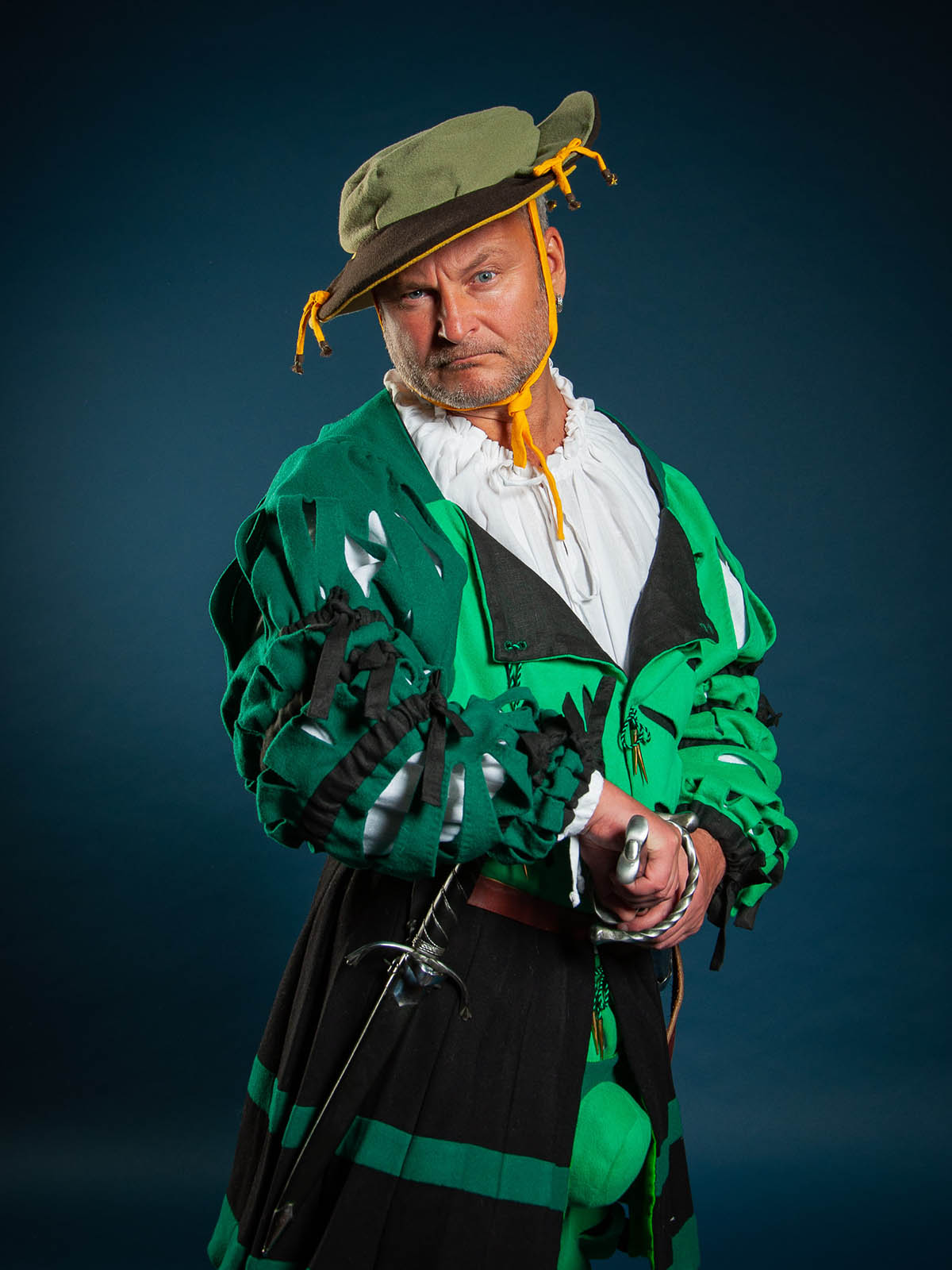
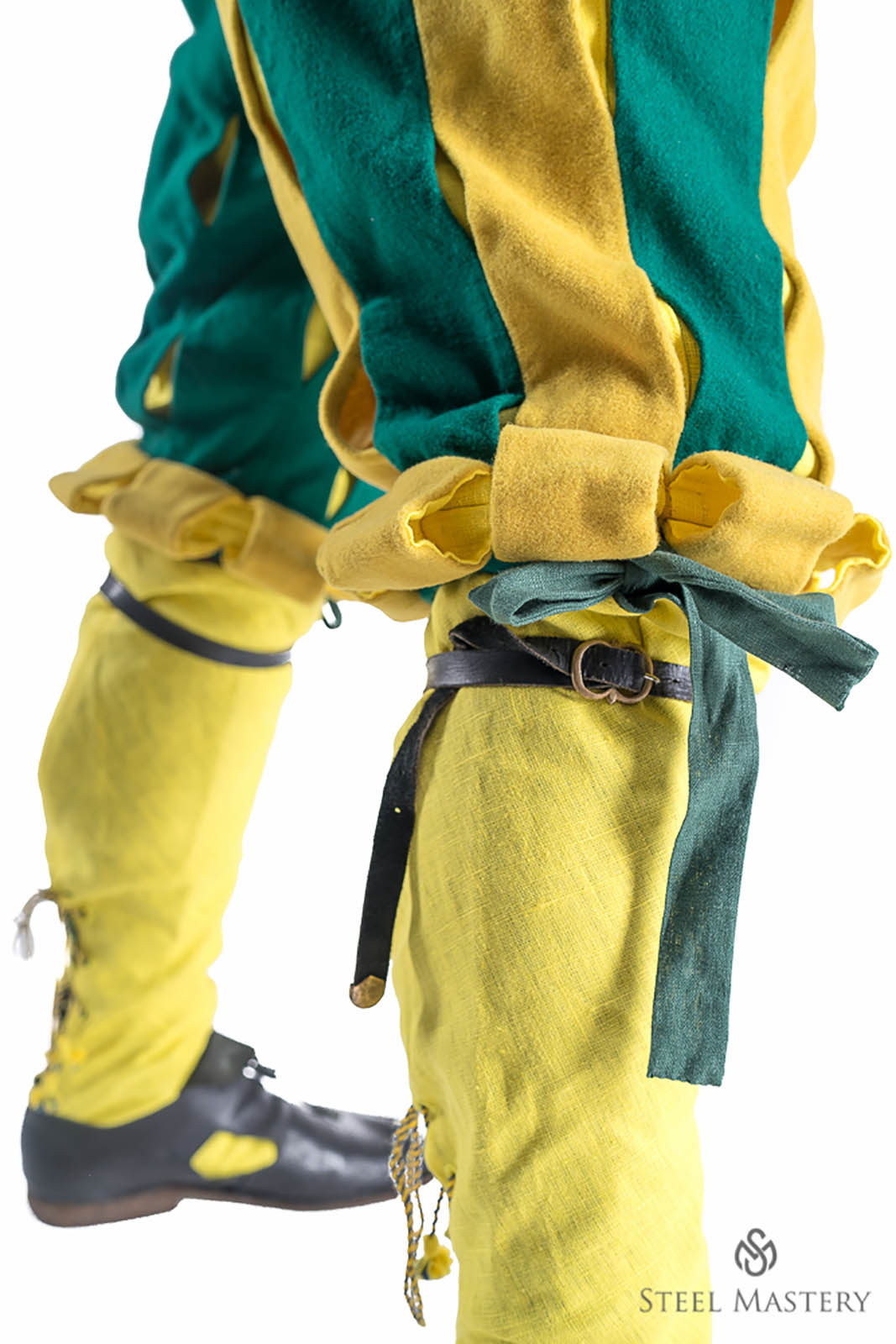
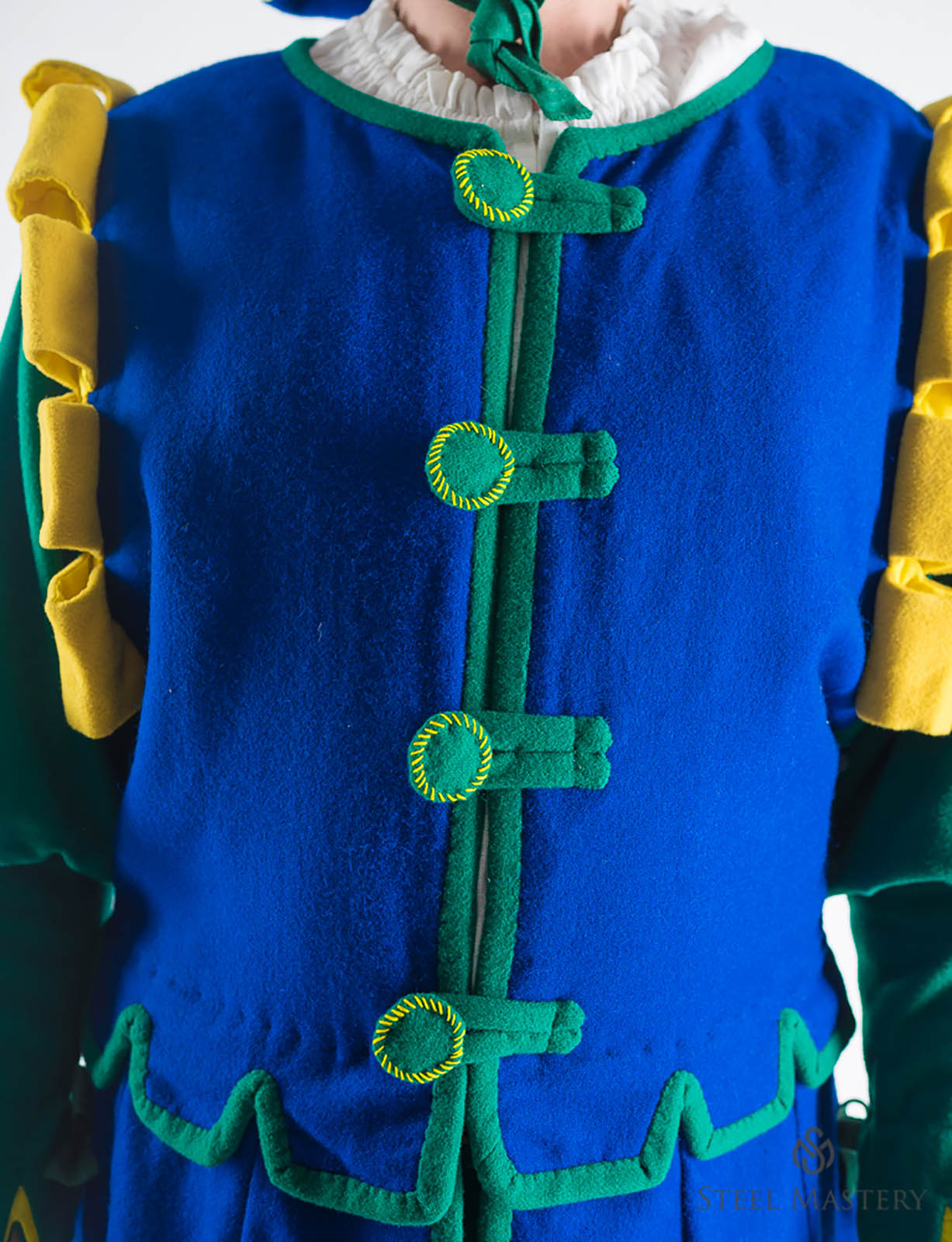
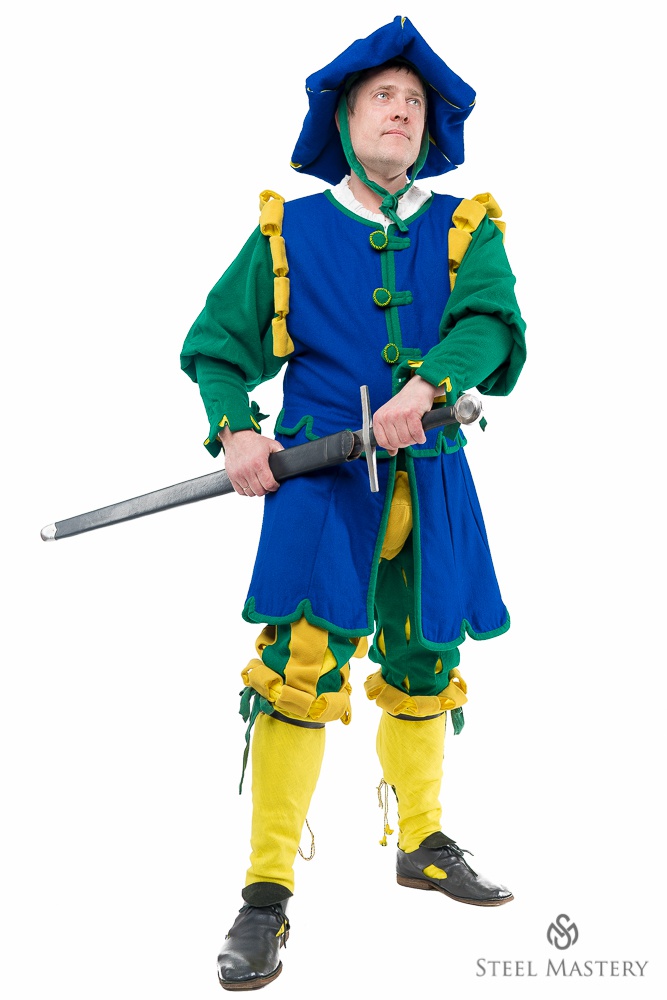
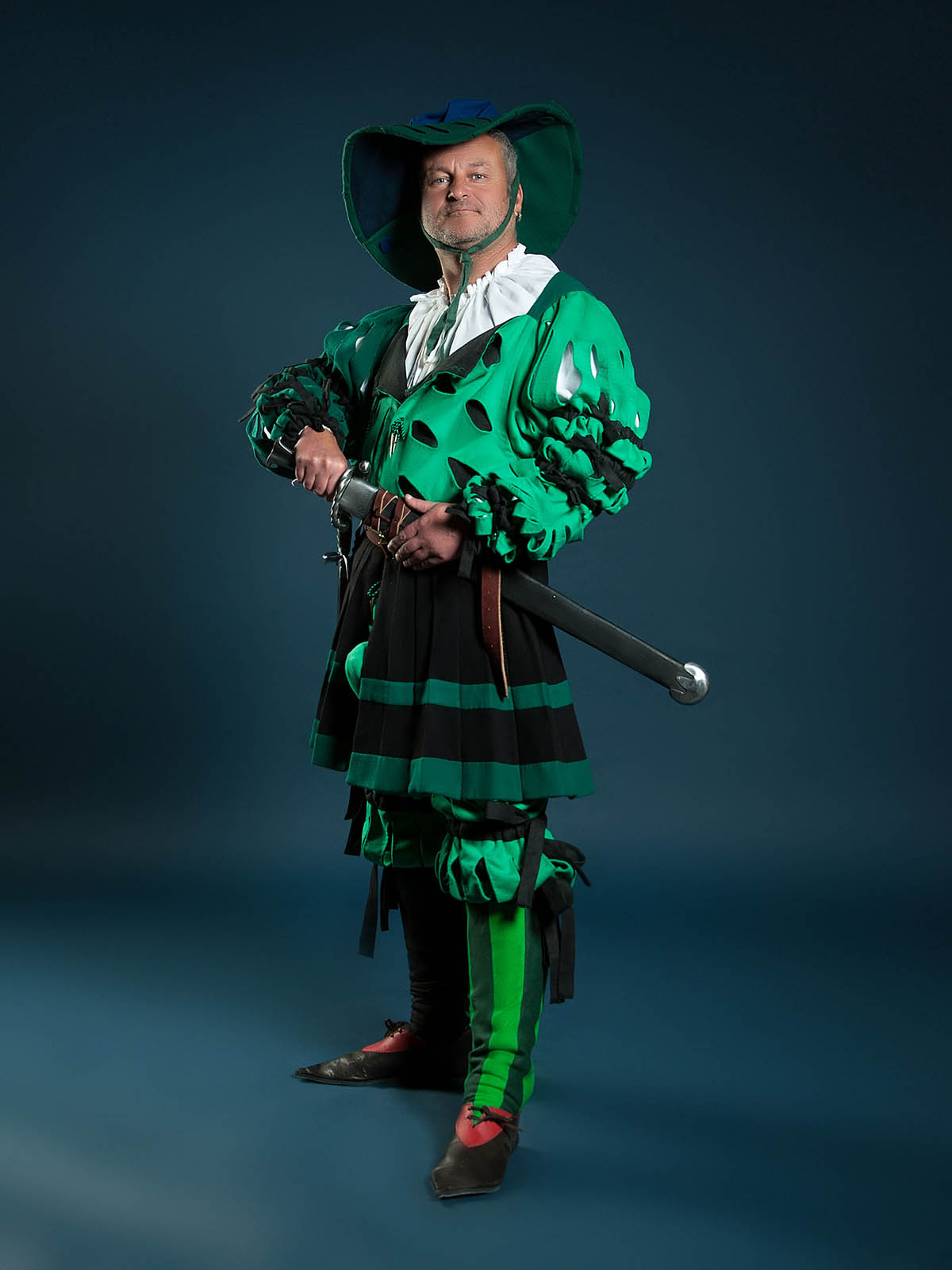


4 Comments
Steel-mastery.com